Capuchos Convent
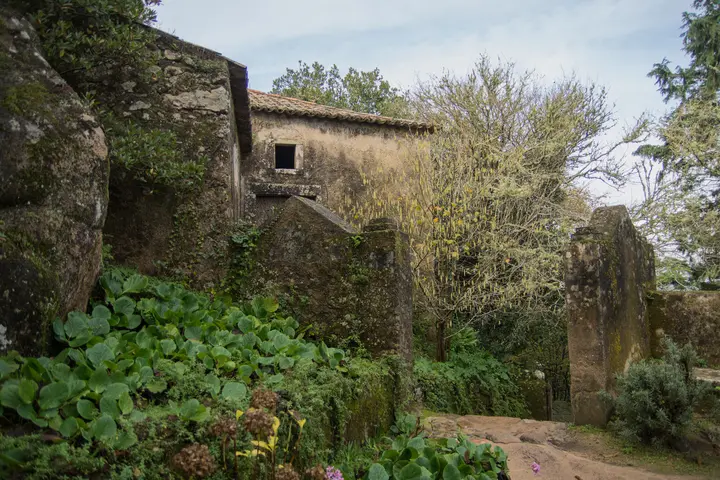
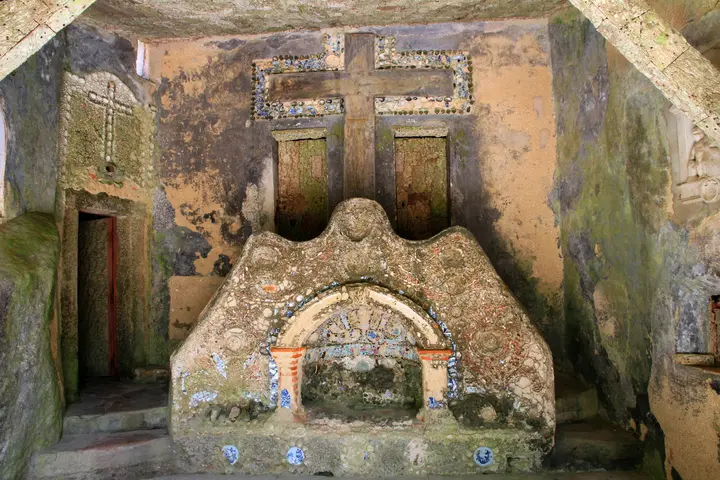
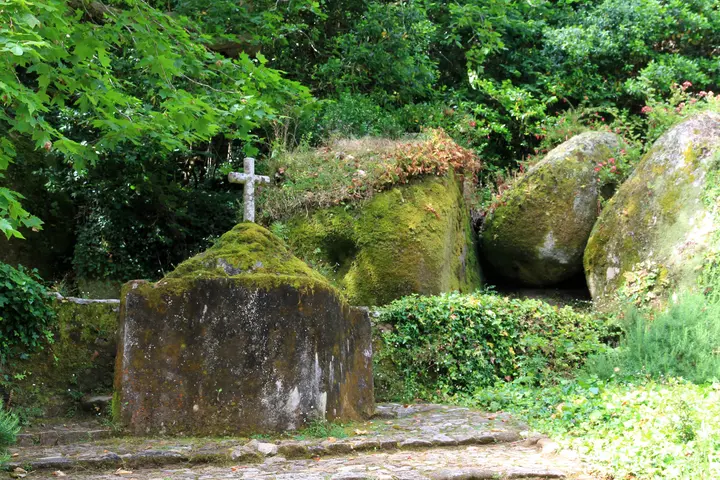
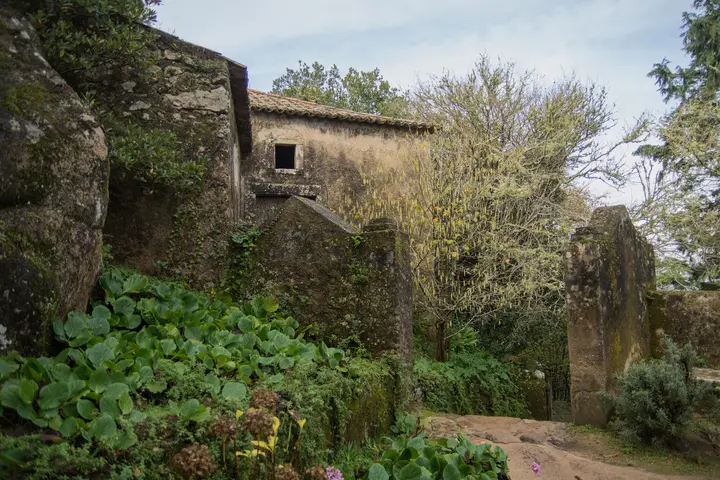
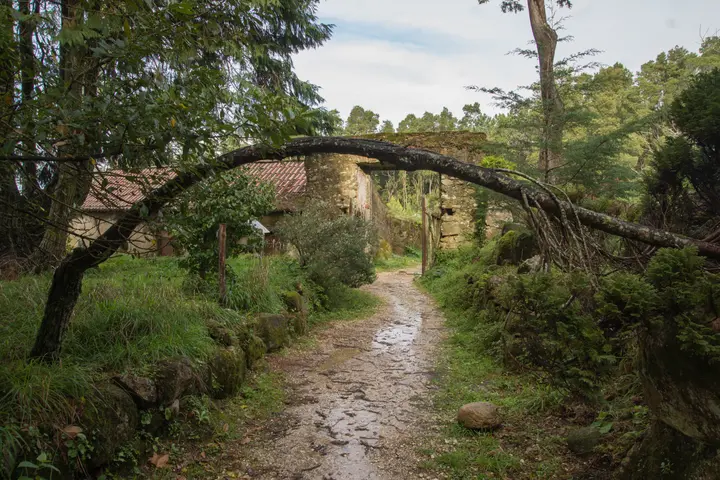
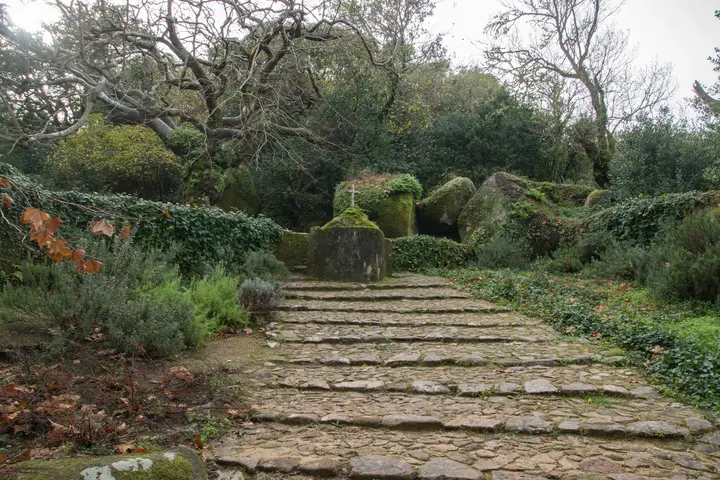
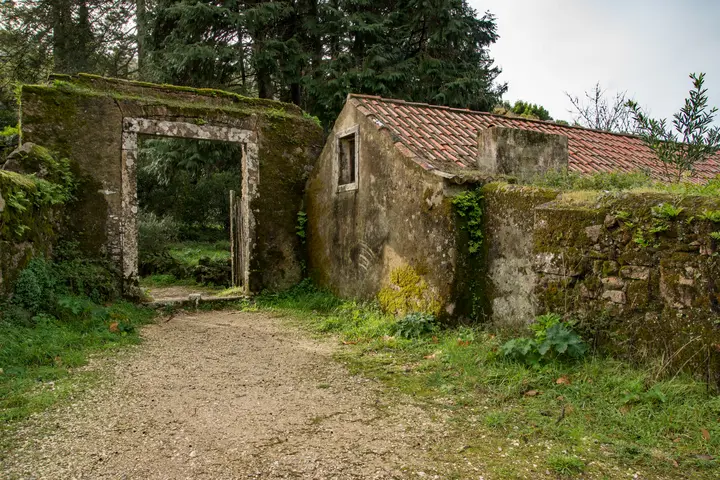
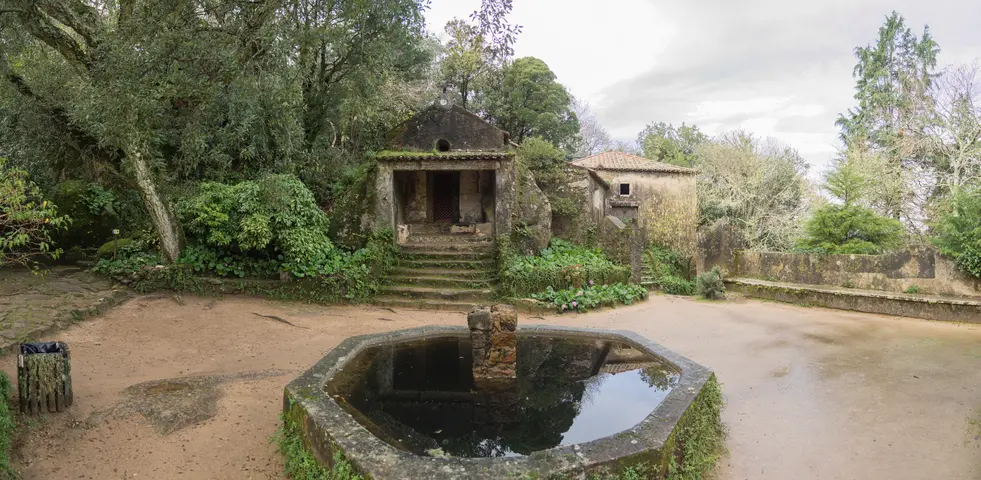
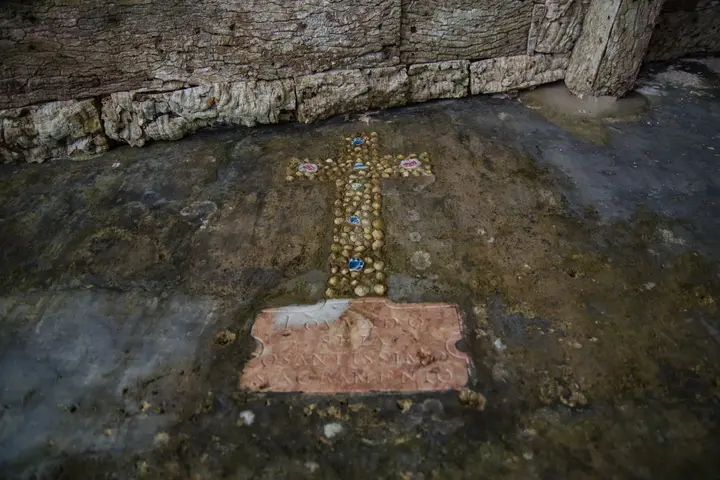
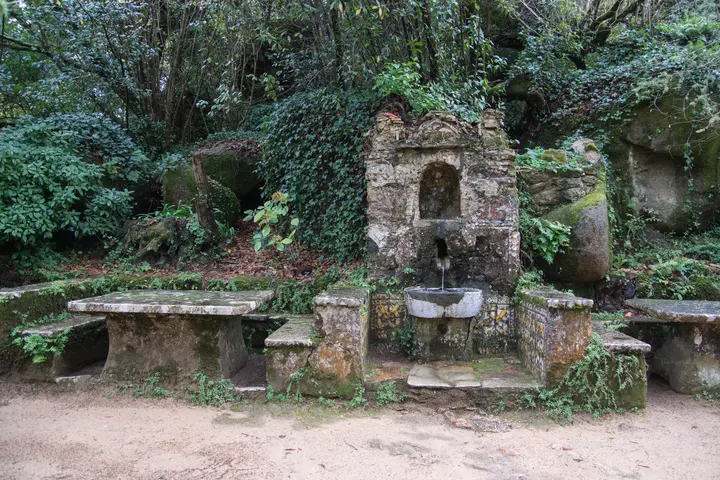
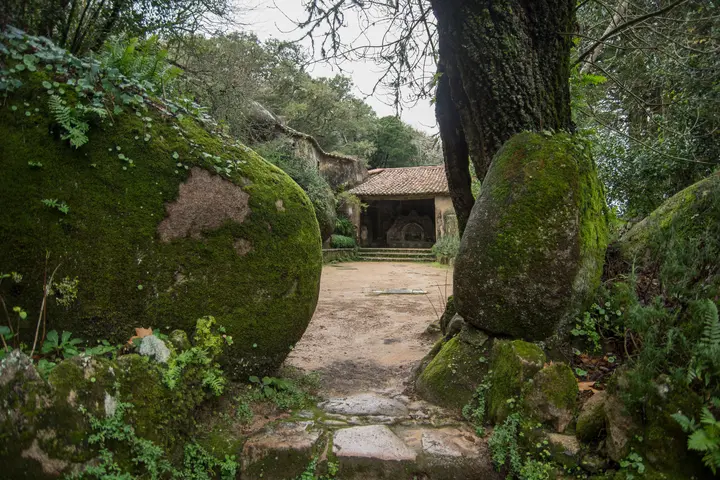

Introduction
Capuchos Convent in Sintra invites us into a world where devotion meant radical simplicity. Tucked deep within the Sintra hills, this Cork Convent shows how Franciscan friars lived without luxury, choosing nature and faith over comfort. Once abandoned and nearly reclaimed by the forest, today it stands quietly restored—a place for reflection, cultural discovery, and hands-on learning about Portugal’s past and spirit.
Historic Highlights
🌲 Founding in Faith
Capuchos Convent in Sintra began with a father’s vow. In 1560, D. Álvaro de Castro established this Franciscan hermitage to fulfill a promise made by his late father, D. João de Castro. The Royal license allowed a small group of friars, known for strict poverty, to settle in Sintra’s woodland. Their home was no grand triumphal arch or elaborate Roman monument, but a cluster of cork-lined cells carved amongst boulders—an experiment in humility and harmony with nature.
“Of all my realms, there are two places I esteem highly – the Escorial, for being so rich, and the Convent of Santa Cruz, for being so poor.”
— King Philip I of Portugal, 1581
🕯️ Legend and Daily Life
Over centuries, Capuchos became famous for stories of devotion. The tale of Frei Honório, who chose to live in a cave after a legendary temptation, still echoes through local lore. Honório’s rocky hermitage and a mossy cross traced in granite along the path welcome every visitor. Villagers once sought the friars for herbal remedies and silent blessing, and the Camino das Cruzes—the convent’s “Way of the Cross”—drew pilgrims seeking peace.
“His bed was a piece of cork, and a stone or loaf of bread served him for a pillow, with no other covering…”
— Chronicle, 1728
🍃 Decline, Rediscovery & Restoration
After Portugal suppressed religious orders in 1834, the Cork Convent was abandoned. It rested as a romantic ruin, admired by travelers for its resilient tranquility. In recent decades, meticulous restoration—honoring every cork panel and mossy rock—brought Capuchos back to life. Today, visitors step through its low doors, feeling the blend of silence and living history. The site’s inclusion in the UNESCO Cultural Landscape, its Europa Nostra award—and community gardens grown on ancient terraces—reflect a heritage not just preserved, but renewed for all generations.
💡 Visitor Tip
Follow the Caminho das Cruzes to reach Capuchos Convent, and listen for birdsong as you explore—the tranquil setting rewards those who linger in its mossy courtyards and story-filled chapels.
Timeline & Context
Historical Timeline
- 1560 – Convento dos Capuchos founded by D. Álvaro de Castro.
- c.1560–62 – Initial buildings and cork-lined cells constructed.
- 1578 – Cardinal-King D. Henrique donates stone slab for the refectory.
- 1581 – Visit and royal commendation by King Philip I.
- 17th–18th c. – Friar Honório reputedly dwells in cave; minor enhancements.
- 1755 – Lisbon earthquake, impacts felt in Sintra.
- 1834 – Suppression of religious orders, friars expelled, convent abandoned.
- 1873 – Property acquired by Francis Cook, Viscount of Monserrate.
- 1948 – Classified as Property of Public Interest.
- 1949 – Acquired by Portuguese State.
- 1995 – Included in UNESCO Cultural Landscape of Sintra.
- 2013–2020 – Major restoration and adaptive reuse project.
- 2022 – Europa Nostra Award for conservation.
Franciscan Austerity in Counter-Reformation Context
The Convento dos Capuchos was conceived at the intersection of spiritual renewal and architectural innovation during Portugal's Counter-Reformation. In the 16th century, Franciscan friars of the Arrábida province embraced radical poverty and seclusion as a response to broader Catholic reforms. This drive led to the creation of Capuchos’s “humilde e abreviada” (humble and abbreviated) architecture—a minimalist ideal distinct from the ornate Monasteries of the period. The cork-lined, rock-hewn cells represent a tangible embrace of simplicity and renunciation.
Architectural Expression and Site Integration
The Capuchos convent’s structures deliberately forgo symmetry or functional luxury, blending deftly into Sintra's granite outcrops and dense forest. Its principal materials—granite, simple timber, and cork oak bark—define both its technical and symbolic character. Spatially, the buildings conform to the terrain’s irregularities; every passageway and window frames the surrounding wilderness, inviting contemplation and communion with nature. The “Cork Convent” became both practical and symbolic—a rejection of worldly grandeur and a nod to Franciscan spiritual philosophy.
Secularization, Neglect, and Rediscovery
State suppression of religious orders in 1834 led to the expulsion of Capuchos’s last friars and the site’s steady decline. The official 1834 inventory, listing only humble furnishings, underscores the persistent austerity of life within. Yet, the site’s reputation—as seen in romantic travel diaries and the admiration of English visitors—helped anchor its memory within local tradition and the budding movement for heritage preservation. By the late 19th and early 20th centuries, Capuchos had transformed from active retreat to picturesque ruin, often compared to grander monuments like the Escorial for its “esteemed poverty.”
Restoration Philosophy and Heritage Importance
Modern conservation, especially since the early 2000s, has balanced stabilization with respect for Capuchos’s patina and authenticity. Advanced solutions—such as discreet structural reinforcement, cork conservation using historical methods, and fire suppression systems—reflect cutting-edge preservation funded and managed by Parques de Sintra. These projects recognized not only the vulnerability of the site, but also its value as a near-unaltered illustration of Renaissance Franciscan ideals. Capuchos’s remarkable survival owes much to both its original design—a “deliberately unevolved” monastic space—and the lack of lucrative land value that might have driven modern interference.
Socio-Cultural Impact and Contemporary Engagement
Capuchos’s role in Sintra’s communal identity extends from religious devotion and local tradition—such as May Day gatherings, the distribution of herbs, and enduring village legends—to today’s expanding community gardens and interpretive programs. Its inclusion in Sintra’s UNESCO designation recognizes both its architectural integrity and its layered intangible heritage. Legend, ritual, and memory continue in remixed forms; Frei Honório’s cave remains a focal point, drawing new “pilgrims” fascinated by the blend of asceticism and mysticism. The site’s ongoing adaptive reuse as an educational, spiritual, and environmental reference point is reflected in its Europa Nostra award for adaptive conservation in 2022.
Comparative and Thematic Significance
In regional and European context, Capuchos stands as an outlier—never transformed by Baroque ambitions or Romantic reinvention as seen at Pena or Penha Longa. Comparisons to the Arrábida convent illustrate a thread of Portuguese spirituality grounded in hermitic withdrawal and nature integration. The site is thus not merely a relic, but a living laboratory of values—brotherhood, humility, and stewardship—alive in both its stones and its stories. Though gaps remain in the historical record, the convergence of primary accounts, architectural analysis, and community memory enable a robust and nuanced understanding of Capuchos’s enduring place in Portugal’s heritage.